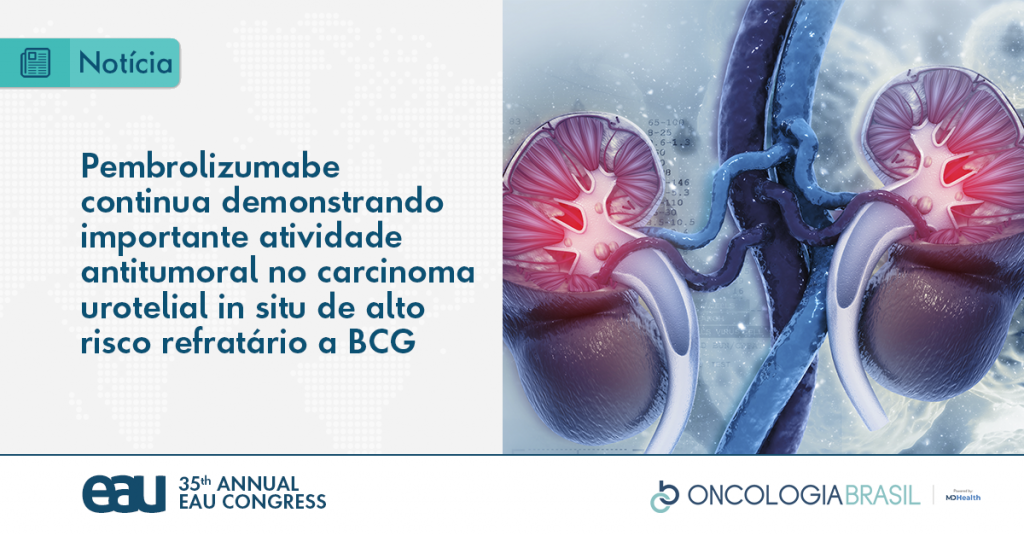

J Clin Oncol 37(7_suppl):350–ĭeCastro GJ, Sui W, Pak JS, Lee SM, Holder D, Kates MM et al (2020) A Phase I trial of intravesical cabazitaxel, gemcitabine and cisplatin for the treatment of nonmuscle invasive Bacillus Calmette-Guérin unresponsive or recurrent/relapsing urothelial carcinoma of the bladder. Cancer 109(8):1499–1505īalar AV, Kulkarni GS, Uchio EM, Boormans J, Mourey L, Krieger LEM, et al (2019) Keynote 057: Phase II trial of Pembrolizumab (pembro) for patients (pts) with high-risk (HR) nonmuscle invasive bladder cancer (NMIBC) unresponsive to bacillus calmette-guérin (BCG).

Inman BA, Sebo TJ, Frigola X, Dong H, Bergstralh EJ, Frank I et al (2007) PD-L1 (B7–H1) expression by urothelial carcinoma of the bladder and BCG-induced granulomata: associations with localized stage progression. Lerner SP, Dinney C, Kamat A, Bivalacqua TJ, Nielsen M, O’Donnell M et al (2015) Clarification of bladder cancer disease states following treatment of patients with intravesical BCG. J Urol 158(1):62–67ĭaniels MJ, Barry E, Schoenberg M, Lamm DL, Bivalacqua TJ, Sankin A, et al (2020) Contemporary oncologic outcomes of second induction course BCG in patients with nonmuscle invasive bladder cancer. J Urol 163(4):1124–1129Ĭookson MS, Herr HW, Zhang ZF, Soloway S, Sogani PC, Fair WR (1997) The treated natural history of high risk superficial bladder cancer: 15-year outcome. Lamm DL, Blumenstein BA, Crissman JD, Montie JE, Gottesman JE, Lowe BA et al (2000) Maintenance Bacillus Calmette-Guerin immunotherapy for recurrent TA, T1 and carcinoma in situ transitional cell carcinoma of the bladder: a randomized Southwest Oncology Group Study. A phase III trial has opened to test the efficacy of this combination in HGNMIBC (KEYNOTE-676).


We report for the first time that combining BCG and pembrolizumab in treating HGNMIBC is safe allowing complete treatment of most patients. Of 13 patients treated, nine patients (69%) had no evidence of disease at 3 months following BCG treatment. Eleven patients finished the treatment, and two patients died during the study. There were 49 grade 1 and 30 grade 2 AEs (88% of AEs). There were nine grade 3 AEs (chest discomfort, pulmonary embolism, arthritis, wrist edema, injection site reaction, bilateral wrist pain, cardiomyopathy, hypokalemia, urinary tract infection). Treatment-related adverse events included one grade 4 adverse event (AEs) (adrenal insufficiency). Clinical activity was determined using cystoscopy and biopsy of suspicious lesions. Patient safety was evaluated from the time of consent through 30 days following pembrolizumab treatment. Six doses of pembrolizumab were administered every 3 weeks over 16 weeks concurrently with six weekly doses of BCG beginning at week 7. MethodsĮighteen patients were consented for the study, five of which were screen failures. The secondary endpoint was clinical activity at three months following BCG treatment. The primary endpoint was the safety of this combination. We conducted the first phase I dose-escalation trial (NCT02324582) of intravesical Bacillus Calmette–Guérin (BCG) in combination with systemic pembrolizumab in patients with high-grade non-muscle-invasive bladder cancer (HGNMIBC) who had persistent or recurrent disease after prior intravesical therapy with BCG.


 0 kommentar(er)
0 kommentar(er)
